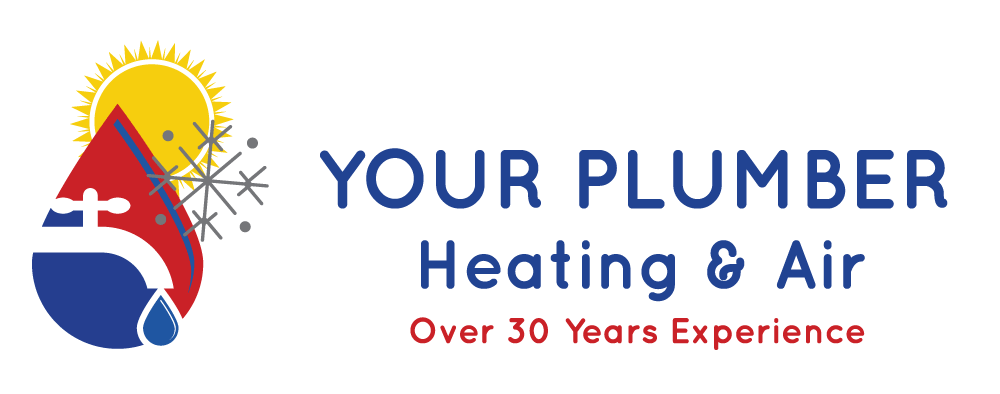Prevent Carbon Monoxide Poisoning in Your Home
Winter is here and the cold temperatures have settled in with the occasional blanket of snow! While we escape the cold within the comfort of our warm homes it’s important to address a deadly issue that arises when the temperature drops – carbon monoxide poisoning.
In the United States, according to the U.S. Center for Disease Control and Prevention, unintentional carbon monoxide poisoning annually causes:
20,000+ visits to the ER
4,000+ hospitalizations
400 deaths
Often referred to as the “silent killer”, carbon monoxide (CO) is an odorless, colorless, and tasteless gas that is highly toxic when inhaled. A by-product of combustion, CO is produced from burning propane and other fuels like wood, gas, and charcoal. Fireplaces, gas furnaces, wood/gas/propane stoves, outdoor grills, small engines, or any gas appliance produce carbon monoxide. The danger arises when this gas is in or near your home or enclosed space without proper ventilation.
Carbon monoxide itself is dangerous to breathe, building up in your bloodstream and causing serious tissue damage and even death. Whether due to improper operation of appliances or those without proper ventilation, CO can accumulate to dangerous levels in areas that are sealed and restricted from fresh air.
Symptoms
Carbon monoxide poisoning does not discriminate – everyone is at risk. The severity of symptoms depends on the level of carbon monoxide and duration of your exposure. Generally, though, mild symptoms are often described as “flu-like”. Sadly, carbon monoxide poisoning can be especially dangerous to those asleep or intoxicated. And people may have irreversible brain damage or even die before anyone realizes there is a problem
Low to Moderate Poisoning
Headache
Fatigue
Shortness of Breath
Nausea
Dizziness
High Level Poisoning
Mental Confusion
Vomiting
Loss of Muscular Coordination
Loss of Consciousness
Death
If you think you or someone you are with may have carbon monoxide poisoning, immediately go outdoors into fresh air and contact emergency services.
Prevention
Fortunately there are several steps you can take to ensure that you and your family are safe in your home:
There are several types of carbon monoxide detectors available with varying levels of sophistication. All models will alert you if dangerous levels of carbon monoxide collect in your home, garage, or RV.
1. Install Carbon Monoxide Detectors
Install and maintain carbon monoxide detectors inside your home to provide early warning of dangerous CO levels. Alarms should be in a central location outside each separate sleeping area and on every level of your home. Keep detectors well away from ceiling fans, air supply or return vents, and perimeter doors and windows.
Because gases generally rise to the top of a room, carbon monoxide detectors should ideally be placed on the wall at least a foot from the ceiling. Also, remember to:
Wipe down your carbon monoxide detector weekly to keep clean from dust and debris
Test your carbon monoxide detector monthly
Replace your carbon monoxide detector batteries annually
Replace your carbon monoxide detector every 5 years, or per manufacturer’s recommendation
2. Annually Inspect and Service Your Appliances
Have your heating system, water heater, gas, wood burning stove, and oil or coal burning appliances serviced annually by Your Plumber or another licensed qualified technician.
3. Follow Permitting and Code Standards
Ensure that all gas appliances are vented properly. Hire a licensed professional when replacing your appliances and pull an over-the-counter permit to have the installation inspected by the city or county in your municipality.
4. Annually Clean and Inspect Your Chimney
Have your chimney inspected annually for proper connection, obstructions, or cracks, and keep it in good repair. Have your chimney and flue cleaned every year to keep vents and airways unblocked.
5. Look for Clues and Sources of a Possible Carbon Monoxide Problem
Look for problems throughout your home that could indicate improper appliance operation and call a licensed technician.
Click to enlarge. U.S. Consumer Product Safety Commission – The "Invisible" Killer (pdf)
Furnace unable to heat house or runs continuously.
Soot, rust or moisture on or around appliances or vents.
Burn marks on the front surface of wall heaters, water heaters and furnaces.
Burning odor that isn’t normal to your home or unfamiliar.
Increased moisture inside the windows of your home.
6. Never, never never:
Never leave your car idling in the garage – even with the door open.
Never use a portable flameless chemical heaters indoor.
Never use Kerosene or Propane Heaters indoors.
Never use a gas range or oven for heating your home.
Never burn charcoal indoors.
Never use a portable gas camp stove indoors.
Never use a generator inside your home, including your basement, attic, or garage. When using a generator outdoors, be sure that it is at last 20 feet away from all doors and windows.
CARBON MONOXIDE IS A COLORLESS, ODORLESS, POISONOUS GAS. IT IS PRODUCED BY ANY IMPROPERLY OPERATING FUEL-BURNING APPLIANCE IN YOUR HOME. KEEP YOUR FAMILY SAFE THIS WINTER. LEARN MORE





